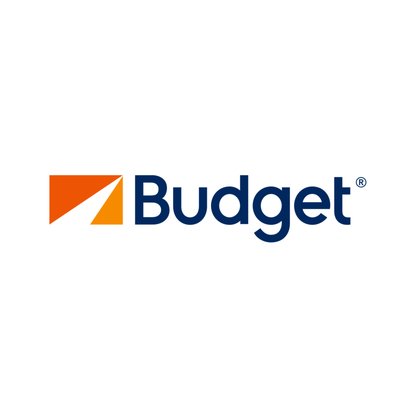
Budget Rent a Car’s Fuel Service Option
If you can take the time to fill the tank yourself, don’t pay Budget to do it.
Is Lyft taking consumers for a ride with claims they can get 50 percent off their next trip?
|
“It’s been a minute. Here’s 50% off,” Lyft says in the subject line of an email from its marketing department.
If corporations are people, perhaps we shouldn’t be surprised when they talk like humans, using slang like “it’s been a minute.” But it hasn’t been a minute since a corporation or marketer has said something that wasn’t entirely true.
In this case, while the subject of the Lyft email promises “50% off” and large type in the email itself claims users can “[s]ave 50%” on their next ride, much smaller text below that discloses that savings are capped at $3 per ride (for a maximum of three rides).
The TINA.org reader who forwarded us the email, after they said they received it several times, did the math and said it doesn’t seem to add up.
“Has anyone ever taken a Lyft ride that cost $6 or less? I sure haven’t,” the reader wrote.
TINA.org put the company’s claims to the test. Using the ride calculator on Lyft’s website, we entered trips from our office to three nearby delis, one 0.4 miles away, one 1.7 miles away and one 2.6 miles away.
The cheapest fare estimate was $9-12 (for a ride not to the closest deli but to the one 1.7 miles from our office, which was surprising). So the most we would be saving with the promotion would be 33 percent.
The problem is the average Lyft fare is more than double the cheapest fare estimate in our sampling. What that means is that average savings with the promotion are likely well south of 33 percent, much less the 50 percent Lyft advertises.
In response to a request for comment, a Lyft spokesperson said, “There was a typo in the email and the maximum discount was actually $6, not $3. The accurate amount of $6 would have appeared in the rider’s app and would have been properly applied if a ride was taken. The typo issue has been fixed.”
Find more of our coverage on fine print here.
Our Ad Alerts are not just about false and deceptive marketing issues, but may also be about ads that, although not necessarily deceptive, should be viewed with caution. Ad Alerts can also be about single issues and may not include a comprehensive list of all marketing issues relating to the brand discussed.
If you can take the time to fill the tank yourself, don’t pay Budget to do it.
How a $19.95 rental can cost you more than $60.
There’s more to these advertised prices.


